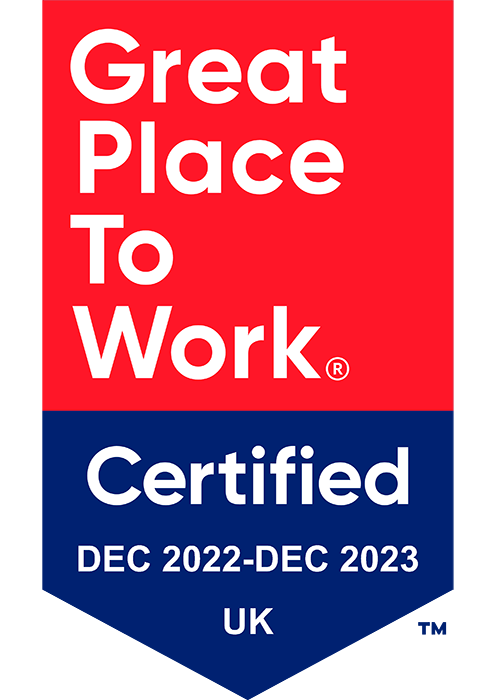What is RPE?
RPE is issued as a means of control to prevent the inhalation of hazardous substances at work. The HSE estimate approximately 15,000 people die prematurely each year in the UK from Occupational Cancers. They consider all these deaths preventable with better education and awareness. Occupational Cancers include Asbestosis, Silicosis, Mesothelioma, Emphsyema, COPD, Industrial Asthma and numerous other lung related diseases. These can be reduced significantly with correct RPE being used.
COVID-19 Pandemic
This current situation for the fight against COVID-19 Correct use of RPE is as crucial as ever. When worn and used correctly, RPE can help to prevent serious lung conditions caused by inhaling dust and other contaminants. This means it is vital that it is worn correctly. Too many times recently on the news when discussing RPE in the NHS, straps have been placed incorrectly. When doing their checks on each other, this should be picked up! They are designed like that for a reason. Occasionally, you even get someone wearing it the wrong way round!
What does RPE do?
In short it basically filters out airborne particles that you don’t want in your respiratory tract. Respiratory infections can be transmitted through droplets of different sizes: when the droplet particles are >5-10 microns (μm) in diameter they are referred to as respiratory droplets, and when then are <5μm in diameter, they are referred to as droplet nuclei. According to current evidence, COVID-19 virus is primarily transmitted between people through respiratory droplets and contact routes. Microns are one thousandth of a millimetre, 0.001 mm, or about 0.000039 inch big. To put it in perspective when you see dust, this is 24 microns in size.
Droplet transmission occurs when a person is in in close contact (within 1 m) with someone who has respiratory symptoms (e.g., coughing or sneezing) and is therefore at risk of having his/her mucosae (mouth and nose) or conjunctiva (eyes) exposed to potentially infective respiratory droplets. Transmission may also occur through fomites in the immediate environment around the infected person such as the supermarket.
The Importance of wearing RPE:
Wearing masks may reduce the risk of spreading the virus but it will not stop someone from catching it. They are far less effective if not worn and fitted properly as they will not be able to form a seal and filtration. To know they fit properly, you should have a face fit check carried out. Face fit testers have been very busy recently either training people to test colleagues or testing those in the NHS that are required to wear a mask on preferably FFP3 masks (these provide the best filtration) or FFP2 which is the next step down in the battle against COVID-19. Blokes this means also being clean shaven daily for the mask to work every time as facial hair creates big enough gaps for microns to sneak through! Majority of face masks can only be worn once and then they either need to be disposed of or sanitised if they are reusable before being used again.


